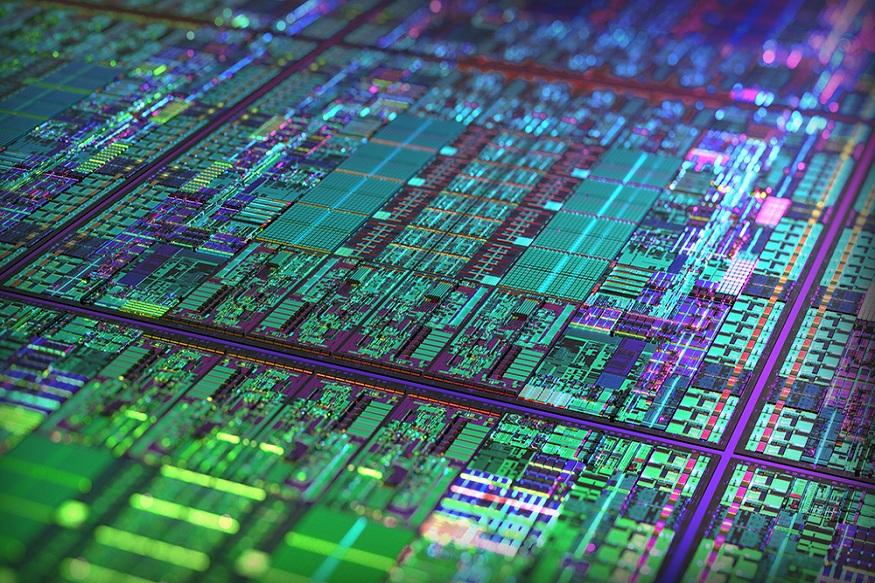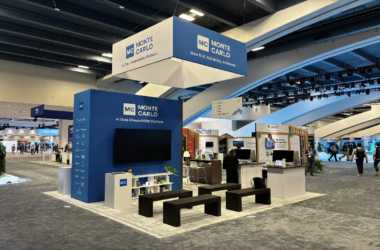The architecture of Free-Electron Lasers (FELs) determines not only how they generate light but also how well that light aligns with semiconductor manufacturing requirements. For Extreme Ultraviolet (EUV) lithography, three emission modes dominate current discussion, which include Self-Amplified Spontaneous Emission (SASE), Regenerative Amplifier FELs (RAFEL), and Self-Seeding FELs. Each presents unique strengths and drawbacks when evaluated against lithography’s demands for stability, coherence, bandwidth, and reliability. Erik Hosler, a respected voice in the discussion on semiconductor scaling, underscores that the future of FEL adoption will be shaped as much by architectural choices as by power output. His framing reflects the reality that source design decisions will ripple through every layer of fab operations.
EUV lithography requires sources that deliver high power and do so with precision and predictability. Different FEL emission architectures offer distinct approaches to achieving this goal. Comparing SASE, regenerative, and self-seeding modes highlights how trade-offs in coherence, stability, and complexity influence FEL suitability for semiconductor manufacturing. Understanding these differences is central to assessing which designs will advance from laboratory concepts into fab-ready tools.
Self-Amplified Spontaneous Emission (SASE) Basics
SASE is the most common and straightforward FEL architecture. In this mode, electrons passing through an undulator spontaneously emit radiation, which is then amplified as the electrons continue to interact with the growing electromagnetic wave. The result is powerful, coherent radiation generated without external seeding.
For lithography, SASE offers simplicity and high output power. However, its coherence properties can be unpredictable, and its bandwidth tends to be broader than ideal for semiconductor applications. This variability can translate into stochastic effects on wafers, making SASE less suited to lithography without additional stabilization measures. Despite these limitations, SASE remains attractive for its relative ease of implementation compared to more complex architectures.
Globally, SASE dominates existing FEL facilities, from large research labs in Europe and Asia to U.S. synchrotron centers. Its appeal lies in its scalability and relatively straightforward design, which allows rapid progress in accelerator research. Yet this same dominance underscores its limits for semiconductor manufacturing,which do not directly translate into the precision fabs demand. This gap explains why researchers are increasingly exploring regenerative and self-seeding approaches as alternatives to does not directly translate into the precision fabs demand. This gap explains why researchers are increasingly exploring regenerative and self-seeding approaches as alternatives for lithography.
Regenerative Amplifier FELs (RAFELs)
Regenerative amplifier FELs introduce a feedback cavity, recycling a portion of emitted light to further amplify the beam. This design improves coherence and narrows bandwidth compared to SASE, offering greater spectral stability. RAFELs can thus provide more consistent radiation for lithography, aligning more closely with resist requirements.
However, regenerative systems come with added complexity. Building stable optical cavities at EUV wavelengths is technologically challenging, and mirror durability remains a limiting factor. Maintenance demands may offset some of the benefits, particularly in fabs that require near-continuous uptime. While promising in principle, RAFELs will need further innovation in cavity design and optics resilience to become practical for high-volume manufacturing.
The EUV-specific hurdles are particularly severe. For example, multilayer mirrors degrade quickly under high flux, cavity losses rise steeply at short wavelengths, and contamination can destabilize feedback loops. Current research is testing new high-damage-threshold coatings, adaptive optics to compensate for losses, and vacuum-based contamination control. These advances could make RAFELs viable for semiconductor use, but they remain at an earlier stage than other FEL approaches.
Self-Seeding FELs
Self-seeding represents a hybrid approach, combining SASE generation with a monochromator-based feedback system. In this architecture, a portion of the FEL output is filtered for spectral purity and reintroduced into the electron beam, guiding subsequent emission toward narrower bandwidth and greater stability.
For lithography, self-seeding offers a compelling balance of output power and coherence control. It reduces stochastic noise, aligns better with resist requirements, and can improve wafer uniformity. The trade-off is system complexity, where self-seeding requires precision monochromators, synchronization, and careful alignment. These demands increase both capital and operational costs, but the payoff may justify adoption if stability gains translate into higher yields.
Trade-Offs Between Architectures
The choice between SASE, RAFEL, and self-seeding comes down to balancing simplicity, stability, and fab suitability. SASE is easier to build but less predictable. RAFELs improve coherence but face serious engineering challenges at EUV wavelengths. Self-seeding offers the best spectral performance but introduces system complexity.
For fabs, the decision will rest on how these trade-offs influence cost per wafer, uptime, and yield. Even modest improvements in stability or uniformity can justify higher upfront costs if they translate into reduced defectivity. The architectural choice is therefore not only technical but also economic, shaping how fabs evaluate FEL adoption.
Industry Perspectives on Architecture
Industry observers recognize that architectural choices will shape the trajectory of FEL development. Discussions increasingly focus on whether the additional complexity of self-seeding or regenerative systems will be justified by the performance gains they deliver. The semiconductor industry’s history shows that fabs adopt tools not on novelty but on operational viability.
Erik Hosler points out, “Noise in current qubits means that many physical qubits are needed to make up a single usable one. The ratio today is about 1000:1, but that number varies according to the noise level of the physical qubits.” While addressing quantum systems, his point resonates with FEL architectures, where noise and variability determine how usable a source is in practice. Architectural advances that reduce noise and improve stability will therefore be decisive for lithography adoption.
Toward Architecture-Driven Adoption
FEL emission architectures illustrate how design choices shape more than technical output, but they define whether systems can be trusted in the unforgiving environment of semiconductor fabs. SASE, RAFEL, and self-seeding each offer viable paths forward, but their success will depend on how well they align with fab requirements for stability, uptime, and cost-effectiveness.
Hybrid approaches are likely toemerge, blending the simplicity of SASE with the stability of self-seeding or regenerative concepts. These innovations will determine whether FELs transition from research facilities into production fabs. By refining architectures for both performance and practicality, the industry can ensure that FEL adoption advances in step with the demands of 5nm lithography and beyond.






